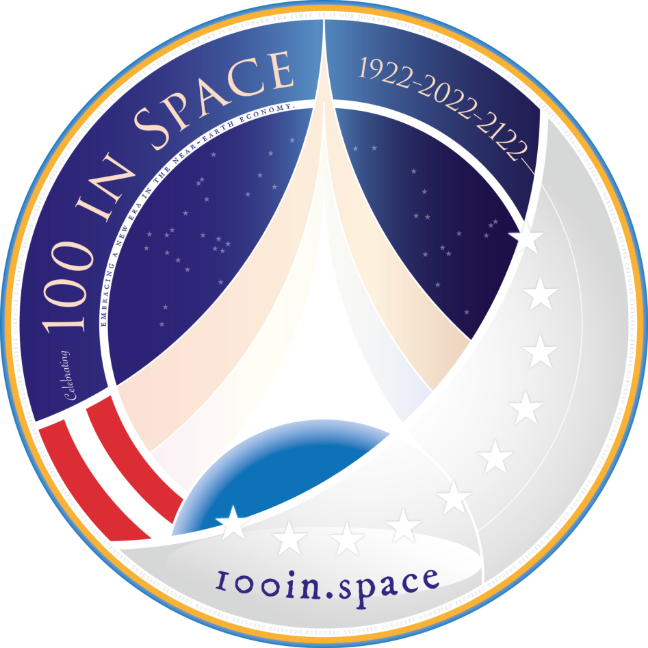SPACE MOBILITY
Mobility. It sounds like a piece of cake, yet it is one of the biggest technical challenges to overcome in a harsh environment like outer space. Like all things in this Universe, spacecraft are exposed to cosmic hazards, such as solar storms, man-made or natural space objects.
One of our biggest problems for the continuation of space activities today is concentrated in one specific orbit called the Low Earth Orbit (LEO). It is a particularly advantageous vantage point to observe our planet given its proximity, yet satellites at this altitude need more robust propulsion systems to escape atmospheric drag, which is a natural process by which satellites reenter the atmosphere and desintegrate thanks to celestial mechanics.
The ability to move in orbit is not only critical to maintaining spacecraft at the right altitude — we call this altitude control, it also allows them to stay away from space debris, some of which are orbiting our Planet at speeds 15 times faster than a bullet.
As in a vintage video game, spacecraft must avoid collision with space junk at all costs to prevent damage. But as more and more satellites are being launched into orbit at an unprecedented rate to build new services and infrastructures, space traffic is becoming increasingly complex. That’s why we need thrusters for the advancement of Space Sustainability and to carry on exploring the Universe safely.

